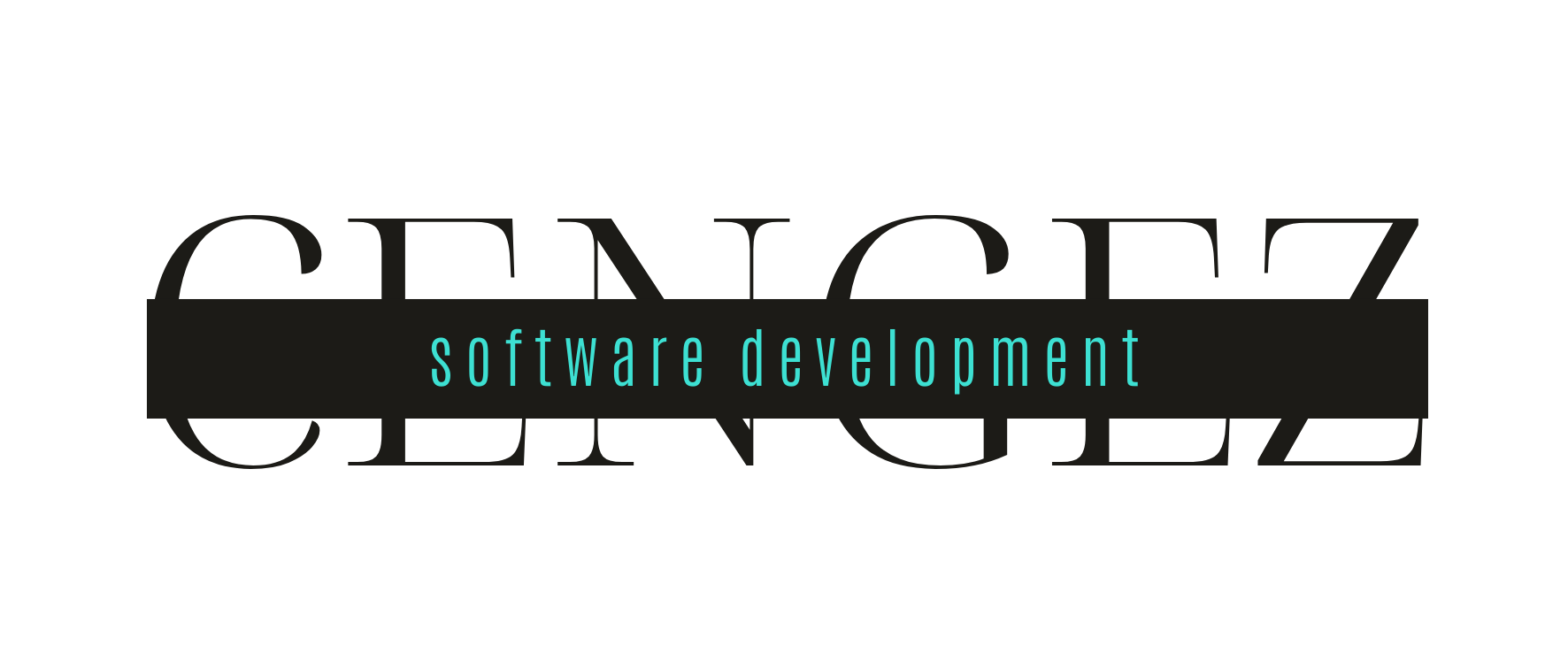Personalized E-Commerce Systems: The Shopping Experience of the Future
E-commerce, as one of the pioneer fields of digital transformation, is developing and diversifying day by day. Especially with web-based programming, personalized e-commerce systems that are developed offer the most appropriate solutions to users' expectations and needs, creating unique shopping experiences. So, what are personalized e-commerce systems and what advantages do they provide to businesses?
What is Personalized E-Commerce?
Personalized e-commerce refers to e-commerce platforms customized according to the preferences and behaviors of users to maximize their shopping experiences. Such systems make shopping more appealing and easy by offering product suggestions, discounts, and campaigns tailored to the users from the moment they log onto the site. These systems, developed using web-based programming languages and technologies, provide a dynamic and interactive shopping environment by analyzing user data.
Advantages of Personalized E-Commerce Systems
- Enhances User Experience: Personalized e-commerce systems make the time users spend on the site more efficient. It offers product suggestions based on users' previous purchases, search history, and behavior. In this way, users reach the products they are looking for more quickly, and the shopping process becomes more enjoyable.
- Increases Loyalty and Repeat Visits: Users are more likely to revisit an e-commerce site that offers them special deals and campaigns. Personalized e-commerce systems make customers feel valued, increase brand loyalty, and encourage customers to return to the site.
- Increases Sales and Revenues: Customized product suggestions and personal discounts encourage users to buy more products. This naturally increases sales and revenues. Furthermore, cross-selling and up-selling strategies raise the average order value by enabling users to add additional products to their baskets.
- Improves Marketing Strategies: Personalized e-commerce systems help develop more effective marketing strategies by analyzing user data. Understanding the target audience better and organizing campaigns according to their needs increases marketing efficiency.
How to Develop Personalized E-Commerce Systems with Web-Based Programming?
Some of the fundamental web-based programming languages and technologies used to develop personalized e-commerce systems are as follows:
- HTML, CSS, and JavaScript: These languages are the fundamental building blocks for creating user-friendly and interactive interfaces. JavaScript libraries and frameworks (React, Angular, Vue.js) make it easier to develop dynamic and fast web applications.
- Backend Technologies: Backend technologies such as Node.js, Python (Django, Flask), Ruby on Rails are used for data processing and server-side operations. These technologies ensure the efficient and secure operation of e-commerce sites.
- Database Management Systems: Database management systems such as MySQL, PostgreSQL, MongoDB are used to store and manage user data. Since a large amount of data needs to be analyzed for personalized recommendations and campaigns, it is important that these systems are fast and reliable.
- Artificial Intelligence and Machine Learning: Artificial intelligence and machine learning algorithms are used to analyze user behaviors and provide personalized recommendations. These technologies continuously improve the user experience and provide a more personal shopping environment.
Personalized e-commerce systems offer many advantages for both users and businesses. These systems, developed using web-based programming languages and technologies, make the shopping experience more personal and interactive. By offering solutions tailored to users' needs, it increases brand loyalty and supports sales. For businesses wanting to gain a competitive advantage in the digital age, personalized e-commerce systems have become an inevitable necessity.
